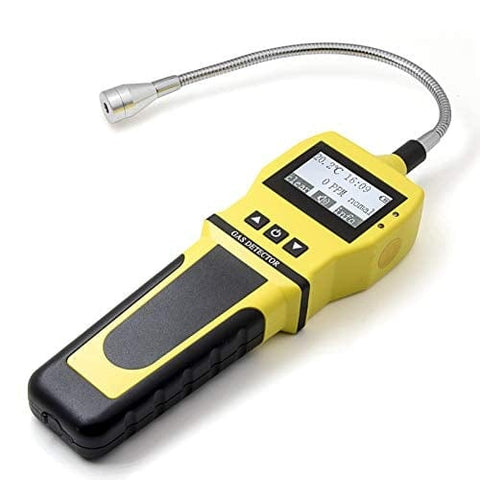
In today’s increasingly complex industrial and environmental landscapes, ensuring safety and efficiency has become more critical than ever. One key aspect of this is the effective monitoring of gas levels, which is where gas detectors and gas analyzers play a pivotal role. These sophisticated instruments are designed to identify and measure various gases present in the air, providing invaluable information for preventing hazardous situations and optimizing processes. This article delves into the functions, types, and applications of gas detectors and gas analyzers, highlighting their importance across different sectors.
Understanding Gas Detectors and Gas Analyzers
Gas detectors and gas analyzers are crucial instruments used to identify the presence and concentration of gases in various environments. While they may seem similar, their functions and applications can differ significantly.
Gas Detectors are primarily designed to alert users to the presence of dangerous gas levels. These devices are critical for ensuring safety in environments where toxic, flammable, or otherwise hazardous gases might be present. They are commonly used in industries such as oil and gas, mining, construction, and chemical manufacturing. Gas detectors are typically portable or fixed installations, with portable units being used by individuals working in potentially hazardous areas and fixed installations being used for continuous monitoring in specific locations.
There are several types of gas detectors, including:
-
Single-Gas Detectors: These are designed to detect one specific type of gas, such as carbon monoxide or hydrogen sulfide. They are often used in situations where the presence of a particular gas is a known risk.
-
Multi-Gas Detectors: These devices can detect multiple gases simultaneously, providing a more comprehensive safety measure. They are particularly useful in environments where the presence of several different gases could pose a risk.
Gas Analyzers, on the other hand, are more focused on measuring the concentration of gases and are often used to analyze the composition of gases in various processes. They are commonly employed in applications such as environmental monitoring, industrial processes, and research. Gas analyzers provide detailed data on the concentration of specific gases, allowing for precise control and optimization of processes.
Different types of gas analyzers include:
-
Infrared Gas Analyzers: These use infrared light to detect gases based on their absorption characteristics. They are commonly used for measuring gases like carbon dioxide and methane.
-
Electrochemical Gas Analyzers: These use electrochemical reactions to detect the presence of gases. They are effective for detecting gases such as oxygen, hydrogen sulfide, and carbon monoxide.
-
Catalytic Bead Gas Analyzers: These measure flammable gases based on their ability to cause a change in temperature in a catalytic bead. They are often used for detecting gases like methane and propane.
Applications and Benefits
Gas detectors and analyzers are employed in a wide range of applications to enhance safety and efficiency. In the industrial sector, they are essential for ensuring that gas concentrations remain within safe limits, preventing explosions, toxic exposures, and other hazardous situations. In environmental monitoring, they help track pollutant levels and ensure compliance with regulations. Additionally, in research and development, these instruments provide critical data for experiments and process improvements.
Conclusion
carbon dioxide monitors are indispensable tools in modern safety and efficiency protocols. By providing real-time data on gas concentrations, these devices help prevent accidents, ensure regulatory compliance, and enhance overall operational effectiveness. Whether used in hazardous industrial environments or for environmental monitoring, their role in safeguarding both people and processes cannot be overstated. As technology advances, these instruments continue to evolve, offering even greater precision and reliability in gas detection and analysis.
